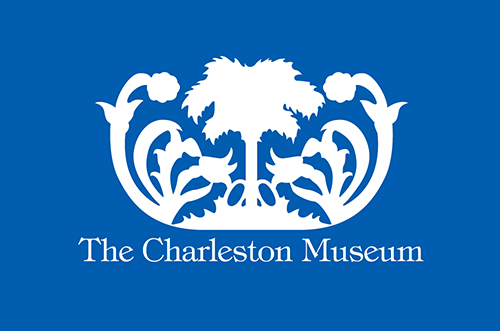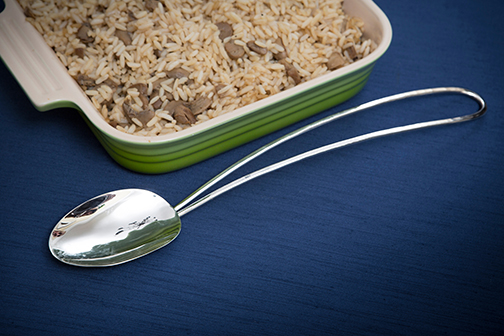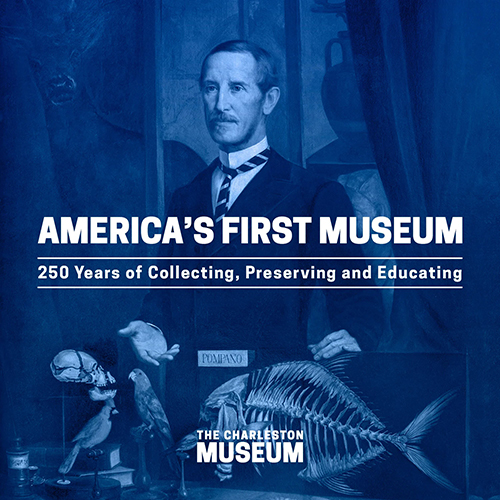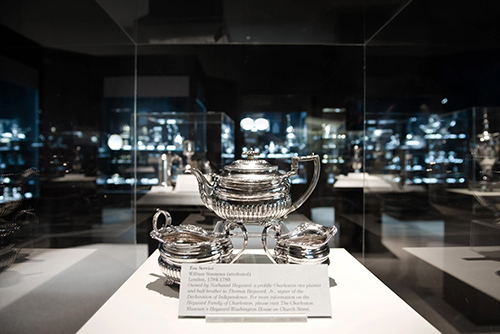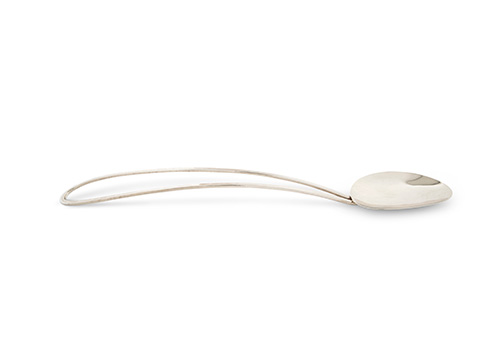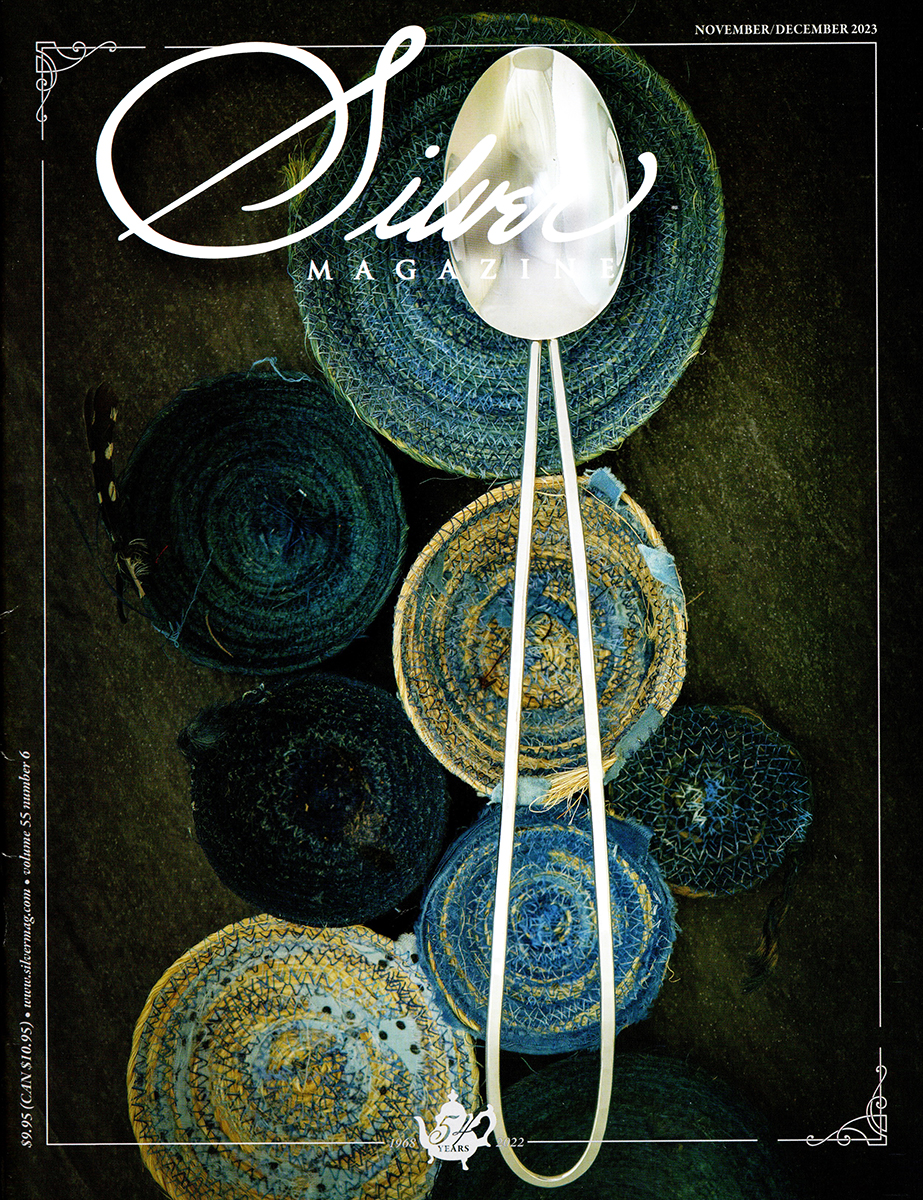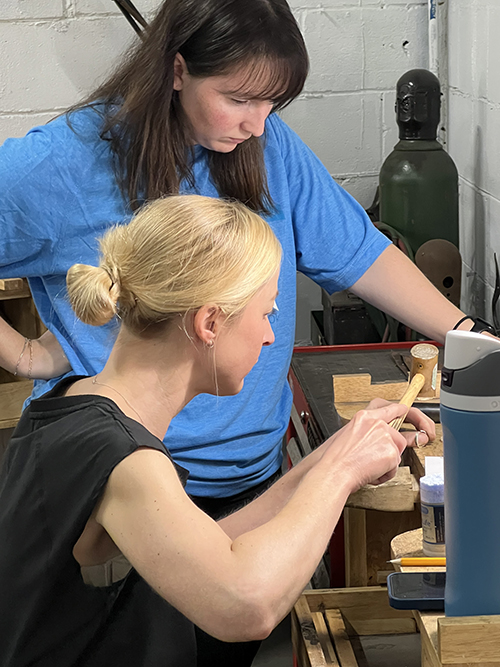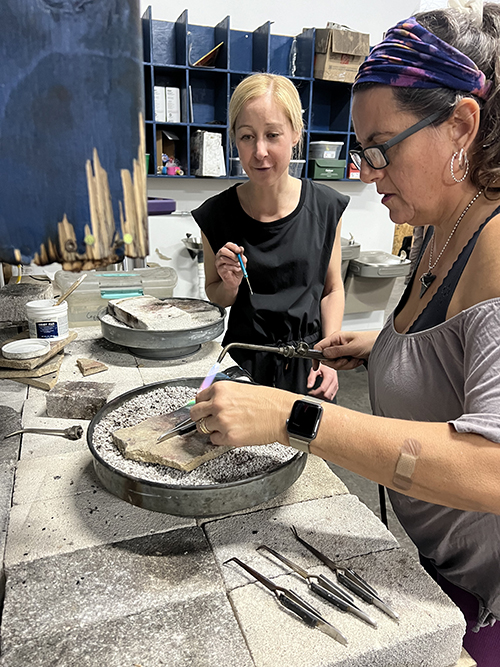South Carolina Voyager – February 2025

South Carolina Voyager
Rising Stars: Meet Kaminer Haislip of Charleston
February 19, 2025
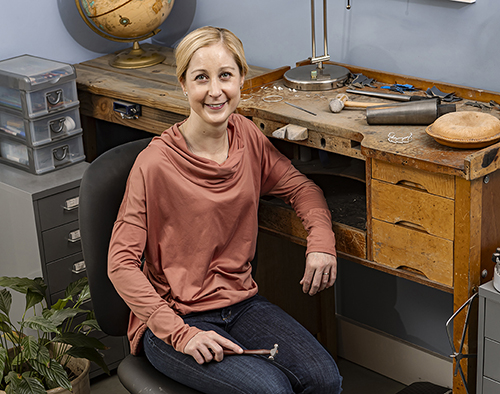
Today we’d like to introduce you to Kaminer Haislip.
Hi Kaminer, we’d love for you to start by introducing yourself.
A native of Aiken, South Carolina, I grew up in my family’s hardware and appliance business. This experience directly influenced my interest in creating three-dimensional objects and working with my hands. During high school I became enthusiastic about sculpture and jewelry, so I enrolled in the industrial tech class and learned to weld.
I attended Winthrop University for my Bachelor of Fine Arts in Jewelry and Metals and Master of Fine Arts in Silversmithing and Design with a minor in Sculpture. While earning my MFA, I interned at the Mint Museum of Craft + Design, taught the Jewelry II and III classes as well as jewelry workshops at Winthrop University. For both of my degrees I studied under Alfred Ward, an internationally acclaimed English silversmith from London.
After graduation, I moved to Charleston, South Carolina and established my studio. I design and create all of my original, handcrafted designs utilizing techniques that have been used for centuries. Inspired by Charleston’s extensive silversmithing tradition, I am dedicated to carrying forth that legacy. In addition to my work as an artist, I am frequently commissioned by individuals to create unique objects and jewelry in silver and gold.
My work has been exhibited internationally and nationally, featured in over sixty publications including Metalsmith, The Magazine Antiques, Traditional Home, Elle Décor, Garden & Gun, Southern Living, Charleston Magazine, Charleston Weddings, and on the TV show Handcrafted America. I was honored with the Made in the South Award in the Home category from Garden & Gun magazine and with The Eric Berg Prize for Excellence in Metal at the Philadelphia Museum of Art Craft Show. Additionally, Historic Charleston Foundation honored me with the Samuel Gaillard Stoney Conservation Craftsmanship Award. I am an active member of the Daughters of the American Revolution and the national organization has awarded me four American Heritage Competition awards for my artwork. Finally, I collaborated with Reese Witherspoon’s Southern lifestyle company Draper James on an exclusive silver bowl.
I live in downtown Charleston, South Carolina with my incredibly supportive husband Matthew Quinn and cocker spaniel Hannah.
We all face challenges, but looking back would you describe it as a relatively smooth road?
Silver is a commodity traded on the stock exchange and its price fluctuates based on the market. When the dollar is strong, the price of silver goes down, but when the dollar is weak, the price of silver goes up. Right now the price of silver is high due to excessive government spending and the inflation it has caused. Those fluctuations can be very challenging to a small silversmithing business like mine, because I have to plan accordingly for the silver I purchase for projects and the inventory I keep in stock.
During the 2008/2009 Great Recession, which happened only three years after I started my business, the price of silver was very high. At that time, I started making more jewelry and had to get creative with the amount of silver I used in my functional home objects. Currently, I face similar challenges, but am confident the economy will improve over the next year or so and the price of silver will go back down.
Thanks for sharing that. So, maybe next you can tell us a bit more about your work?
Through my metalwork, I seek to enhance daily life by creating functional handcrafted objects that give a nod to the past but are entirely contemporary in form. I am inspired by the concept of enhancing domestic rituals through traditional metalworking techniques coupled with an innovative approach to design and production. Currently, I am the only practicing silversmith in Charleston and my process is directly tied to the city’s immense craft traditions. As a silversmith working in Charleston, I am carrying on the legacy of the city’s rich history by employing techniques that have been used for centuries.
In my work, art and form combine to create designs for living—the function of the object contributes to that design. In my view, functional objects have visual and conceptual relationships to art and living. The clean-lined visual aesthetic, emphasis on function, and ergonomic relationship to the human form that characterizes my work further enhances that connection. For me, using a thought inspiring yet functional teapot enhances the process of making tea. When a beautiful, well-designed object and domestic ritual are united, a connection between person and object occurs and then an appreciation of function results. In my work, I strive to make these themes evident and to encourage people to interact with form and function.
Fine craftsmanship is also an important hallmark of my hand-fabricated work. All of my objects or jewelry items begin as sheet or wire and then are manipulated utilizing traditional silversmithing techniques, such as forging, raising, and fabricating, to create the final piece. My design approach focuses on a timeless quality that is durable and lasts rather than steered by fashion or fleeting trends. My concepts vary for different series, but all of my metalwork is unified by elegant design and clean lines.
Additionally, designing and creating custom commission jewelry and objects for clients is another facet to my metalsmithing. A commission piece merges the client’s vision for a specific object with my technical and artistic ability. For me this combination is a unique approach to designing, because it creates an opportunity for my work to take a new direction.
Before we let you go, we’ve got to ask if you have any advice for those who are just starting out?
There is no shortcut to experience! Being a successful artist no matter your medium takes time, dedication, discipline, and ambition. It is very difficult to make a living as an artist, so you must have good business and practical skills as well as creative, original designs.



See the full feature on South Carolina Voyager’s website at the link below.
https://southcarolinavoyager.com/interview/rising-stars-meet-kaminer-haislip-of-charleston















